Cats have long held a special place in human society, captivating our imaginations with their mysterious behaviors and enigmatic charm. From the ancient Egyptians to contemporary authors and artists, these fascinating creatures have left an indelible mark on art and literature throughout history. Cats, with their graceful movements and independent spirit, have inspired countless works that explore the depths of human creativity and emotion. This article delves into ten remarkable ways cats have influenced art and literature, highlighting how these beloved animals have shaped our cultural heritage and continue to inspire us today.
Cats in Ancient Egyptian Art
In ancient Egypt, cats were revered as sacred animals and symbols of grace and protection. They were often associated with the goddess Bastet, who was depicted with the head of a lioness or domesticated cat. Egyptian artists frequently incorporated cats into their works, capturing their elegance and poise in various sculptures and paintings. These artworks not only served as religious symbols but also as a testament to the deep bond between humans and cats. The reverence for cats in ancient Egypt influenced later civilizations, setting a precedent for their portrayal in art and literature.
Medieval Manuscripts and Feline Marginalia
During the medieval period, cats found their way into illuminated manuscripts, where they were often depicted in the margins, engaging in whimsical activities. Known as “marginalia,” these playful illustrations featured cats chasing mice, playing musical instruments, or even engaging in mischievous behavior. The presence of cats in these manuscripts provided a touch of humor and levity to otherwise serious religious texts. This tradition of incorporating cats into literature and art continued to grow, reflecting humanity’s enduring fascination with these enigmatic creatures.
Cats in Japanese Ukiyo-e Prints
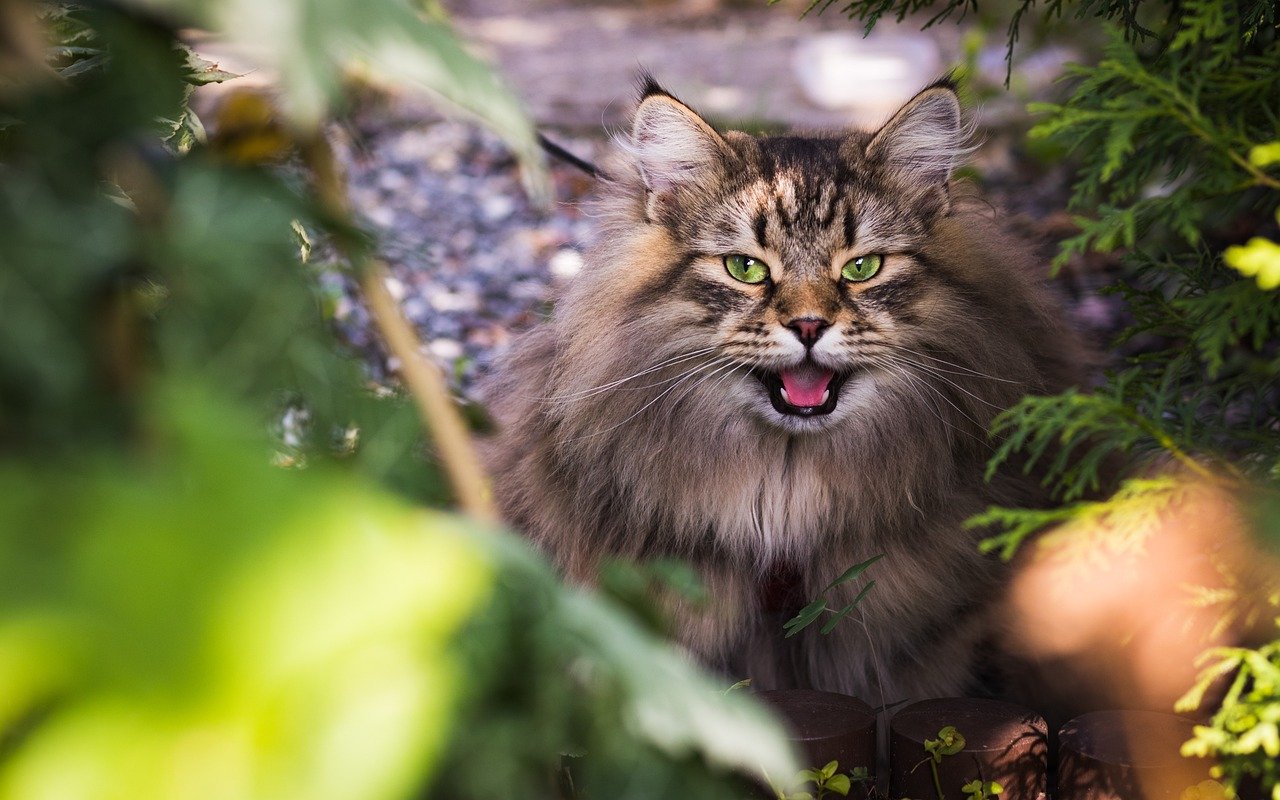
Cats have also played a significant role in Japanese art, particularly in the ukiyo-e woodblock prints of the Edo period. These prints often depicted cats as symbols of good fortune and domestic happiness. Artists such as Utagawa Kuniyoshi and Utagawa Hiroshige created intricate and colorful prints featuring cats in various settings, from the bustling streets of Edo to tranquil garden scenes. The popularity of these prints helped cement the cat’s status as a beloved cultural icon in Japan, influencing both traditional and contemporary art forms.
The Literary World of Cats: From T.S. Eliot to Haruki Murakami
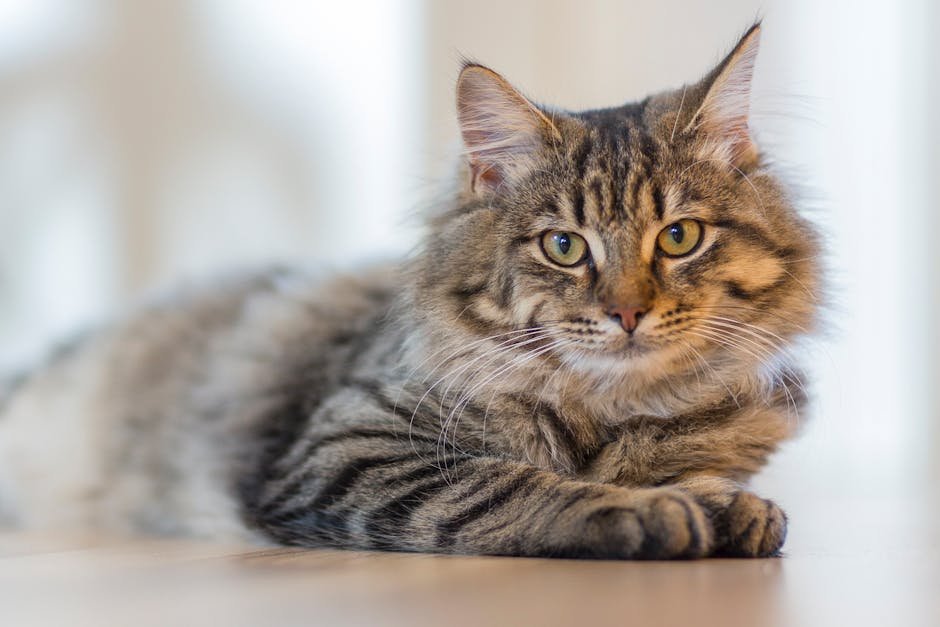
Cats have been a recurring theme in literature, captivating the imaginations of writers across the globe. T.S. Eliot’s “Old Possum’s Book of Practical Cats” is a delightful collection of whimsical poems that celebrate the unique personalities of cats. This work later inspired the famous musical “Cats,” bringing these feline characters to life on stage. Meanwhile, contemporary authors like Haruki Murakami have woven cats into their narratives, using them as symbols of mystery and introspection. The presence of cats in literature has allowed authors to explore complex themes and emotions, using these enigmatic creatures as a lens through which to view the human experience.
Cats in Renaissance Art: Symbols of Independence and Mystery
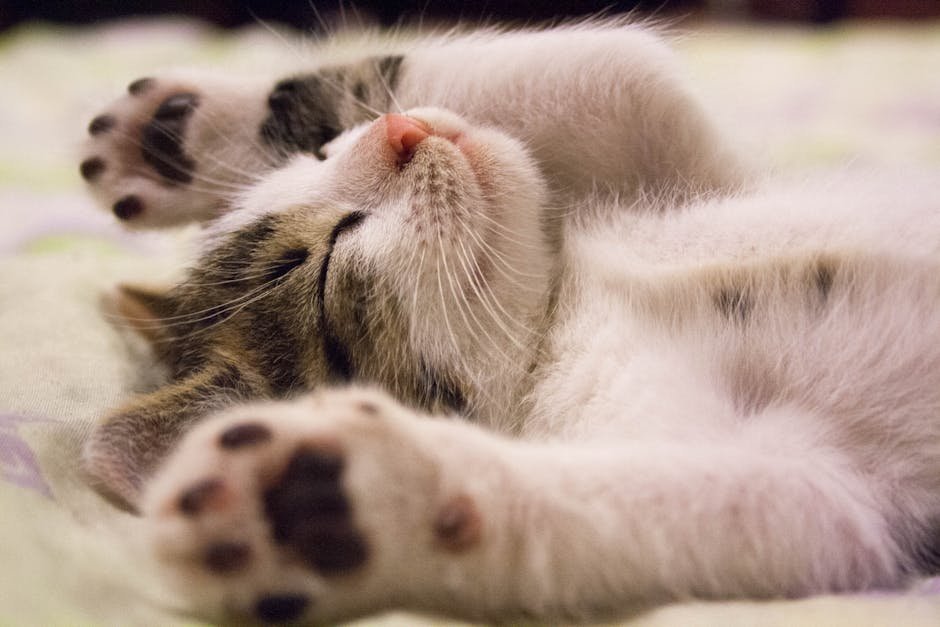
During the Renaissance, cats began to appear more frequently in European art, often serving as symbols of independence and mystery. Artists such as Leonardo da Vinci and Albrecht Dürer included cats in their works, capturing their graceful movements and enigmatic expressions. Cats were sometimes depicted as companions to powerful women or as allegorical figures representing cunning and intuition. These portrayals reflected the evolving relationship between humans and cats, as well as the growing appreciation for their unique qualities and characteristics.
Feline Fantasies in Surrealism
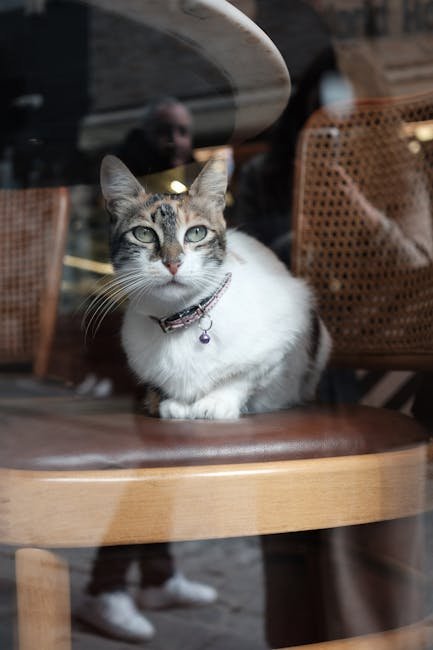
Surrealist artists, known for their dreamlike and imaginative works, often incorporated cats into their art to explore themes of subconscious desire and fantasy. Salvador Dalí, for example, famously included a leaping cat in his painting “The Elephants,” symbolizing the unpredictable and enigmatic nature of dreams. The use of cats in surrealist art allowed artists to delve into the mysterious and irrational aspects of the human psyche, drawing on the feline’s inherent mystique to create captivating and thought-provoking imagery.
Cats as Muse in the Poetry of Charles Baudelaire
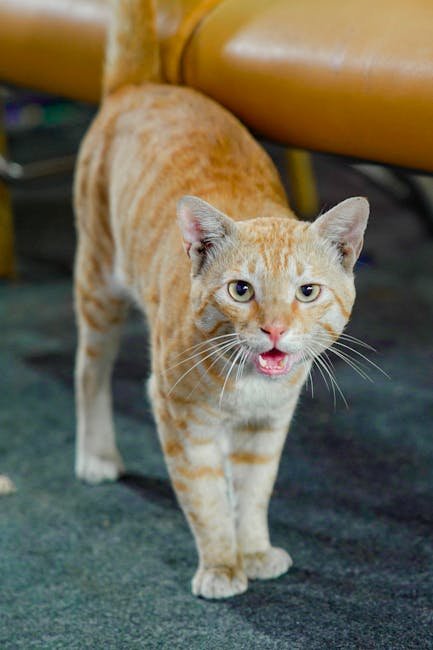
French poet Charles Baudelaire was famously captivated by cats, often using them as symbols of beauty, sensuality, and mystery in his work. In his collection “Les Fleurs du mal,” Baudelaire’s poem “The Cat” explores the allure and grace of these enigmatic creatures, drawing parallels between their elegant movements and the sensuality of the human experience. Baudelaire’s fascination with cats reflected a broader trend in 19th-century literature, where cats were often used as metaphors for complex emotions and desires.
Cats in the Fairy Tales and Fables
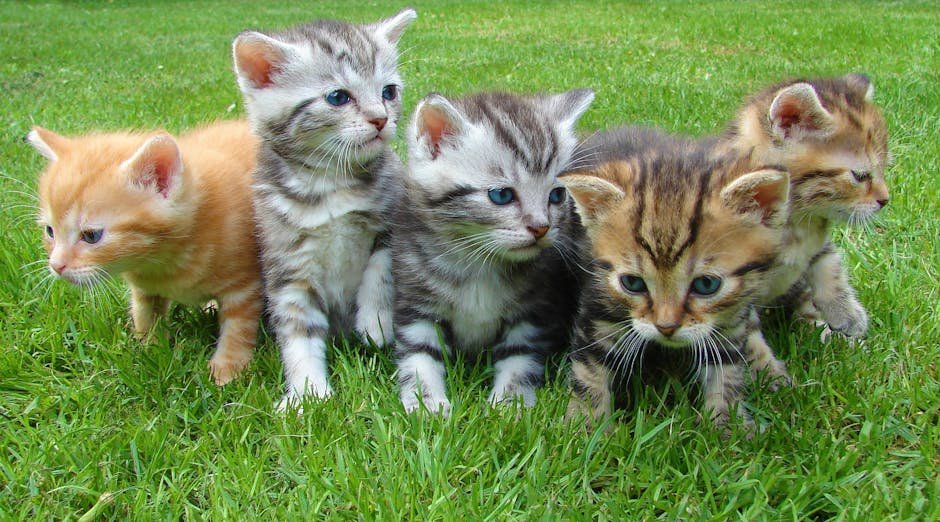
Cats have long been featured in fairy tales and fables, often serving as cunning and clever characters who outwit their adversaries. Stories like “Puss in Boots” and “The Cat and the Mouse” showcase the cat’s intelligence and resourcefulness, appealing to audiences of all ages. These tales have been passed down through generations, reinforcing the cultural significance of cats as symbols of cunning and wit. The enduring popularity of these stories highlights the timeless appeal of cats and their ability to capture our imaginations.
Modern Art: Cats as Symbols of Comfort and Companionship
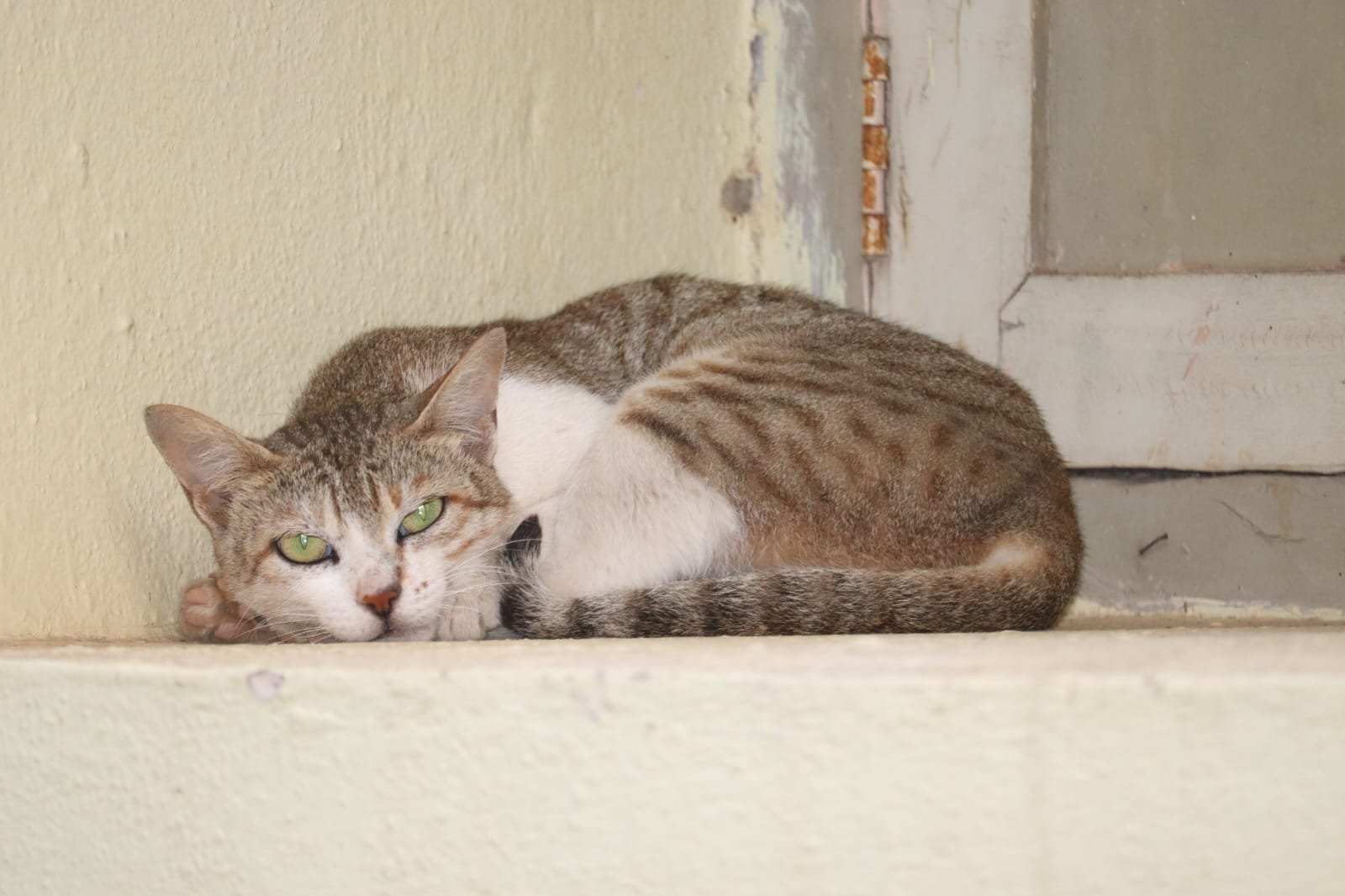
In contemporary art, cats have come to symbolize comfort and companionship, reflecting their role as beloved pets in modern society. Artists like Andy Warhol and David Hockney have embraced the cat as a subject, capturing their charm and personality in vibrant and engaging works. These modern portrayals of cats celebrate the deep bond between humans and their feline companions, highlighting the emotional connection that exists between us and these captivating creatures.
Cats in Graphic Novels and Comic Books

The world of graphic novels and comic books has embraced cats as central characters, often using them to explore themes of adventure, mystery, and humor. Characters like “Garfield” and “Felix the Cat” have become cultural icons, beloved for their wit and charm. These feline characters have captured the hearts of readers worldwide, demonstrating the enduring appeal of cats in popular culture. The presence of cats in graphic novels and comics highlights their versatility as subjects, capable of conveying a wide range of emotions and experiences.
Cats in the Works of Beatrix Potter and Lewis Carroll
Authors like Beatrix Potter and Lewis Carroll have incorporated cats into their stories, using them to explore themes of curiosity and adventure. In Potter’s “The Tale of Tom Kitten,” the mischievous antics of the titular character provide a delightful glimpse into the world of feline curiosity. Similarly, Carroll’s “Alice’s Adventures in Wonderland” features the enigmatic Cheshire Cat, whose mysterious grin and cryptic advice have captivated readers for generations. These stories showcase the enduring appeal of cats as literary characters, capable of sparking the imagination and inspiring wonder.
Symbolism of Cats in Russian Literature
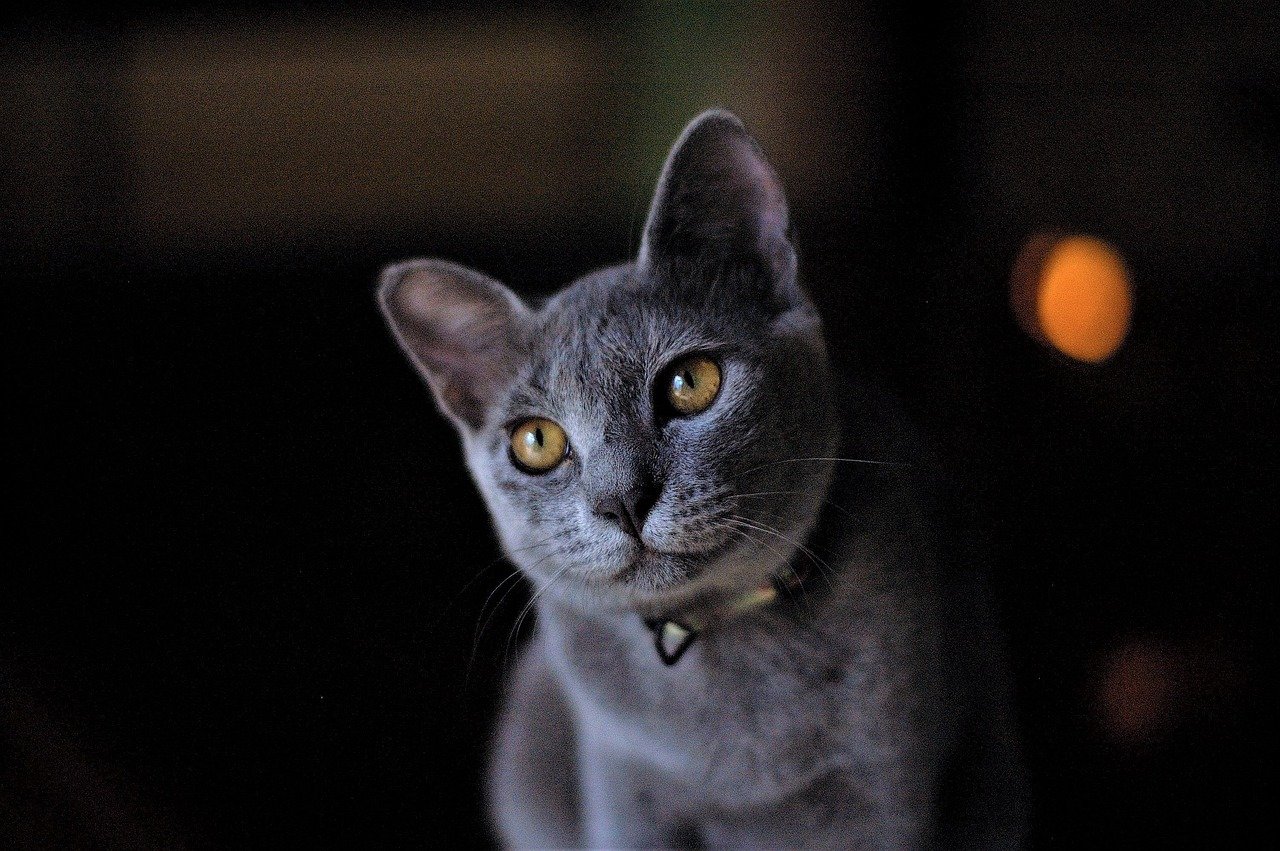
In Russian literature, cats have often been used as symbols of independence and resilience, reflecting the complexities of the human condition. Authors like Ivan Turgenev and Mikhail Bulgakov have woven cats into their narratives, using them as symbols of rebellion and defiance. In Bulgakov’s “The Master and Margarita,” the character of Behemoth, a giant black cat, serves as a symbol of chaos and unpredictability, challenging the established order and subverting societal norms. The use of cats in Russian literature highlights their enduring significance as symbols of freedom and individuality.
The Enigmatic Cats of Edgar Allan Poe
Edgar Allan Poe’s fascination with mystery and the macabre found a fitting subject in cats, which often appeared in his stories as symbols of the unknown and the supernatural. In works like “The Black Cat,” Poe used the feline as a harbinger of doom, exploring themes of guilt, madness, and the human psyche. The presence of cats in Poe’s stories added an extra layer of intrigue and suspense, captivating readers with their enigmatic nature and unsettling presence.
Cats in the Art of Pablo Picasso
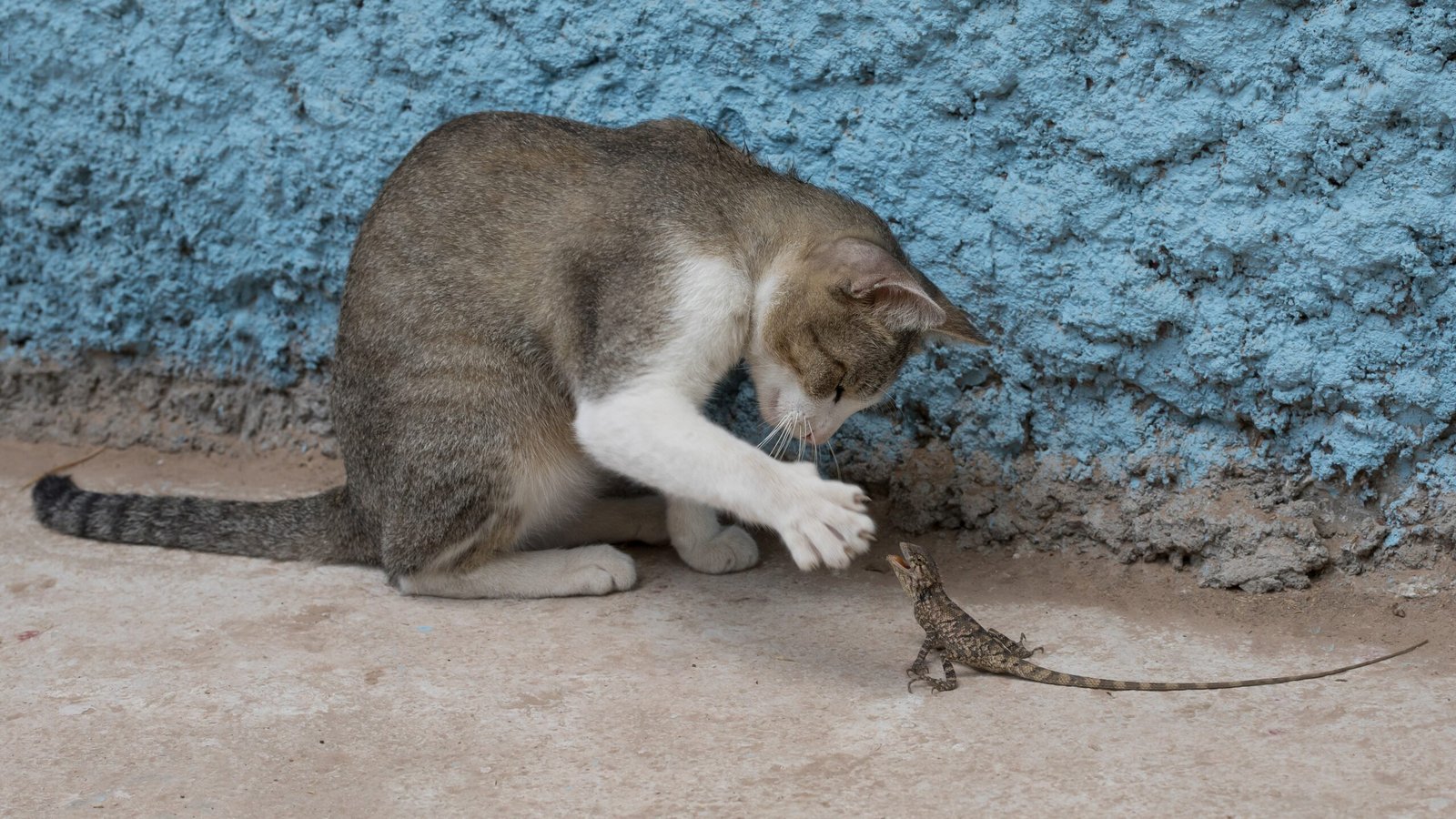
Pablo Picasso, known for his innovative and groundbreaking approach to art, often included cats in his works. His depictions of cats ranged from realistic portrayals to abstract interpretations, capturing the essence of their fluid movements and expressive features. Picasso’s fascination with cats reflected his appreciation for their beauty and elegance, as well as their ability to evoke a sense of mystery and wonder. The presence of cats in Picasso’s art highlights their enduring appeal as subjects, capable of inspiring creativity and innovation.
The Role of Cats in Persian Miniature Paintings
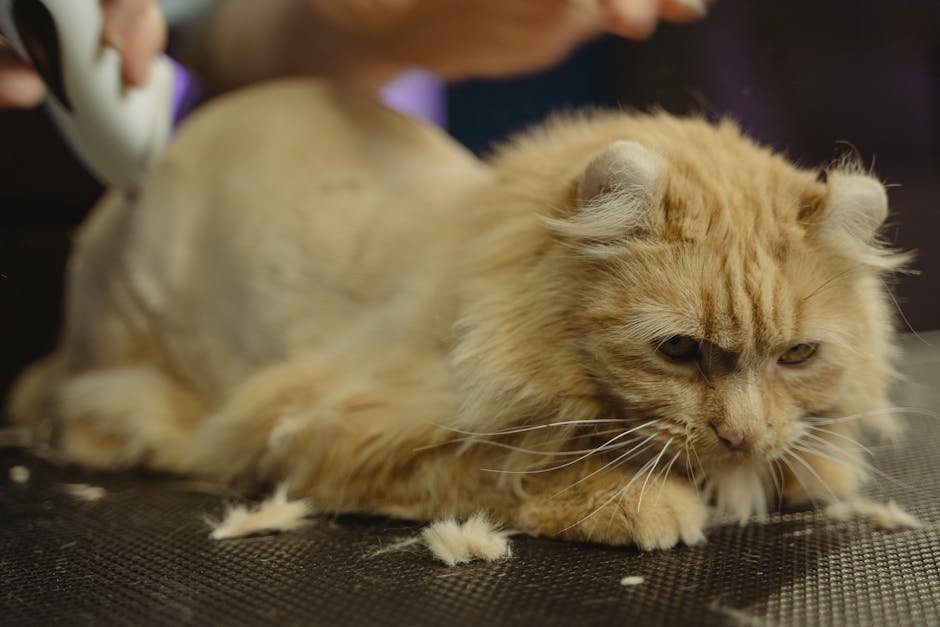
In Persian miniature paintings, cats were often depicted as symbols of elegance and refinement, reflecting their esteemed status in Persian culture. These intricate and detailed works of art frequently featured cats lounging in luxurious settings, surrounded by opulent textiles and ornate decorations. The inclusion of cats in Persian miniatures highlights their cultural significance as symbols of beauty and sophistication, as well as their role as cherished companions.
Cats in the Works of Ernest Hemingway

Ernest Hemingway, known for his love of cats, often included them in his stories and personal life. Hemingway’s home in Key West, Florida, was famously populated with polydactyl cats, which became a source of inspiration for his writing. In his works, cats often served as symbols of companionship and comfort, reflecting Hemingway’s deep affection for these animals. The presence of cats in Hemingway’s life and literature highlights their enduring appeal as sources of inspiration and solace.
Cats as Symbols of Feminine Power in Art

Throughout history, cats have often been associated with feminine power and grace, serving as symbols of strength and independence. In art, cats have frequently been depicted alongside powerful women, reflecting their shared qualities of elegance and resilience. This association between cats and femininity has inspired countless works of art, celebrating the unique bond between women and their feline companions. The portrayal of cats as symbols of feminine power highlights their enduring significance as cultural icons.
The Influence of Cats on Children’s Literature
Cats have played a prominent role in children’s literature, captivating young readers with their playful antics and charming personalities. Stories like “The Cat in the Hat” by Dr. Seuss and “The Aristocats” by Walt Disney have introduced generations of children to the joys of feline companionship. These tales often explore themes of curiosity, adventure, and friendship, using cats as relatable and endearing characters. The presence of cats in children’s literature highlights their timeless appeal and ability to inspire wonder and imagination.
Cats in Contemporary Pop Culture
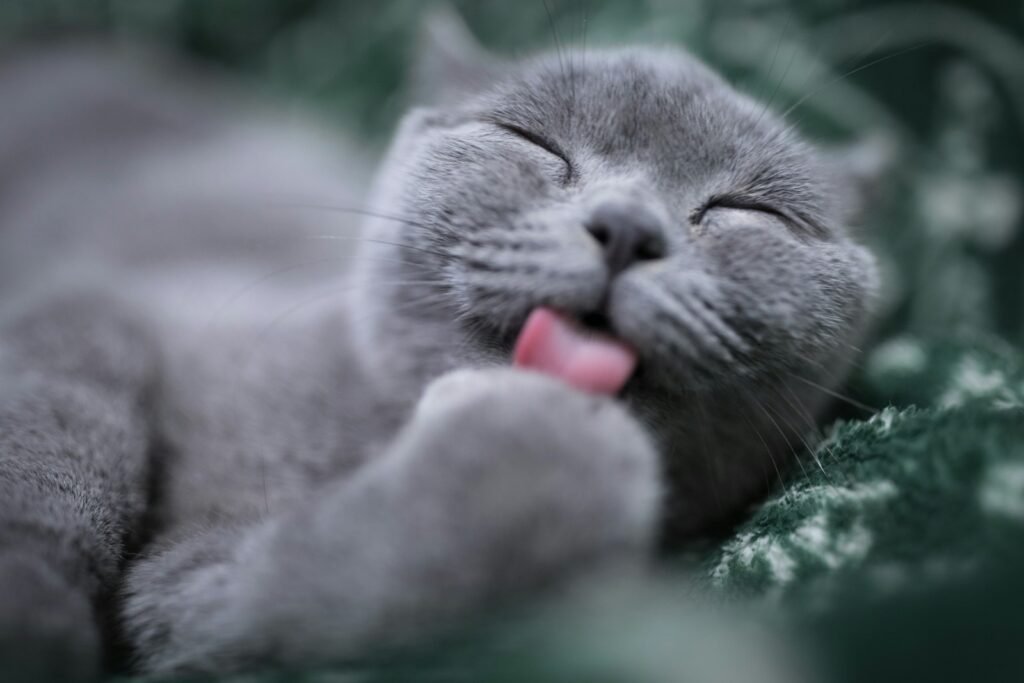
In contemporary pop culture, cats have become internet sensations, captivating audiences with their quirky behaviors and adorable appearances. Viral videos of cats performing entertaining antics have taken the internet by storm, showcasing their ability to capture our attention and bring joy to our lives. The popularity of cats in pop culture reflects their enduring appeal as beloved companions and cultural icons, capable of transcending time and space to touch our hearts and inspire our creativity.
In conclusion, cats have left an indelible mark on art and literature throughout history, inspiring countless works that explore the depths of human creativity and emotion. From ancient Egyptian sculptures to contemporary internet memes, cats continue to captivate our imaginations and enrich our cultural heritage. Their enduring presence in art and literature is a testament to their unique charm and ability to evoke a sense of wonder and fascination. As we continue to celebrate the bond between humans and their feline companions, it is clear that cats will remain a cherished source of inspiration for generations to come.
Hi, I’m Bola, a passionate writer and creative strategist with a knack for crafting compelling content that educates, inspires, and connects. Over the years, I’ve honed my skills across various writing fields, including content creation, copywriting, online course development, and video scriptwriting.
When I’m not at my desk, you’ll find me exploring new ideas, reading books, or brainstorming creative ways to solve challenges. I believe that words have the power to transform, and I’m here to help you leverage that power for success.
Thanks for stopping by, Keep coming to this website to checkout new articles form me. You’d always love it!






